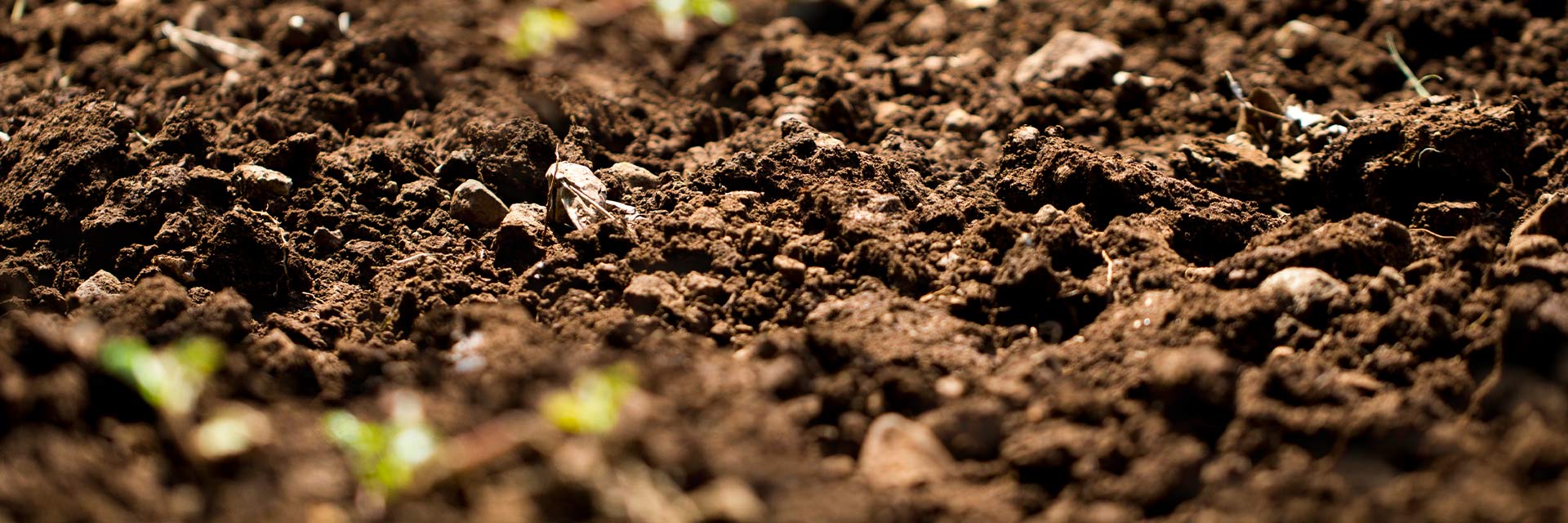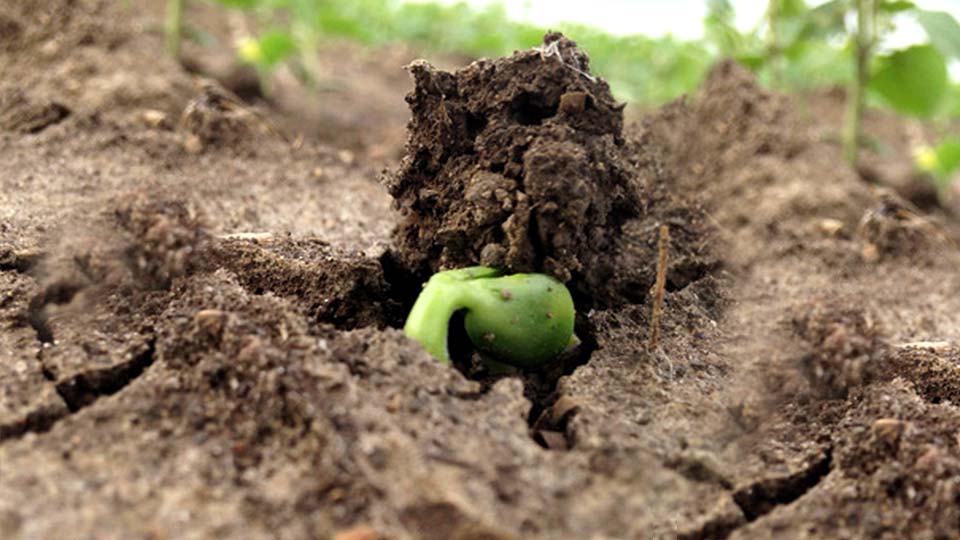
Did you know that mycorrhizae improve soil quality?
Learn more about how the mycorrhizal inoculant contributes to better soil structure.

Did you know that mycorrhizae improve soil quality?
Learn more about how the mycorrhizal inoculant contributes to better soil structure.
Mycorrhizae clearly improve soil quality by building soil structure. Different mechanisms are involved, whether they are biological, biochemical and biophysical mechanisms. Here they are explained:
From a biological perspective, deposition of mycelium and exudates (coming from mycorrhizae) serve as a substrate for bacteria growth and increase microbial biomass.
Glomalin, a biological glue secreted by mycorrhizal hyphae, is a major actor in soil particles' aggregation and in soil aggregate's water stability. Also, soil microbial biomass secretes compounds that reinforce soil particle attachment and lower water tension.
Mycorrhizal hyphae act as a tunnelling machine, exerting considerable pressure on soil particles and force organic material and clay particles together leading to micro-aggregate formation. The creation of these tunnels will contribute to enhancing air and water penetration and movement. Wet-dry cycles, promoted by mycorrhizal fungi, increase the binding of roots, fungal exudates and clay particles. Finally, mycorrhizal hyphae enmesh and entangle soil particles, organic matter and small aggregates together facilitating macro-aggregate formation.
Video showing how mycorrhizae work on plants' root system, leading to better soil structure.

Discover how AGTIV® strengthens partnerships and drives agricultural success in 2025 with innovative biological products that boost crop performance. Reflecting on 2024's achievements, we thank our partners and introduce new tools, resources, and opportunities for the coming season.
